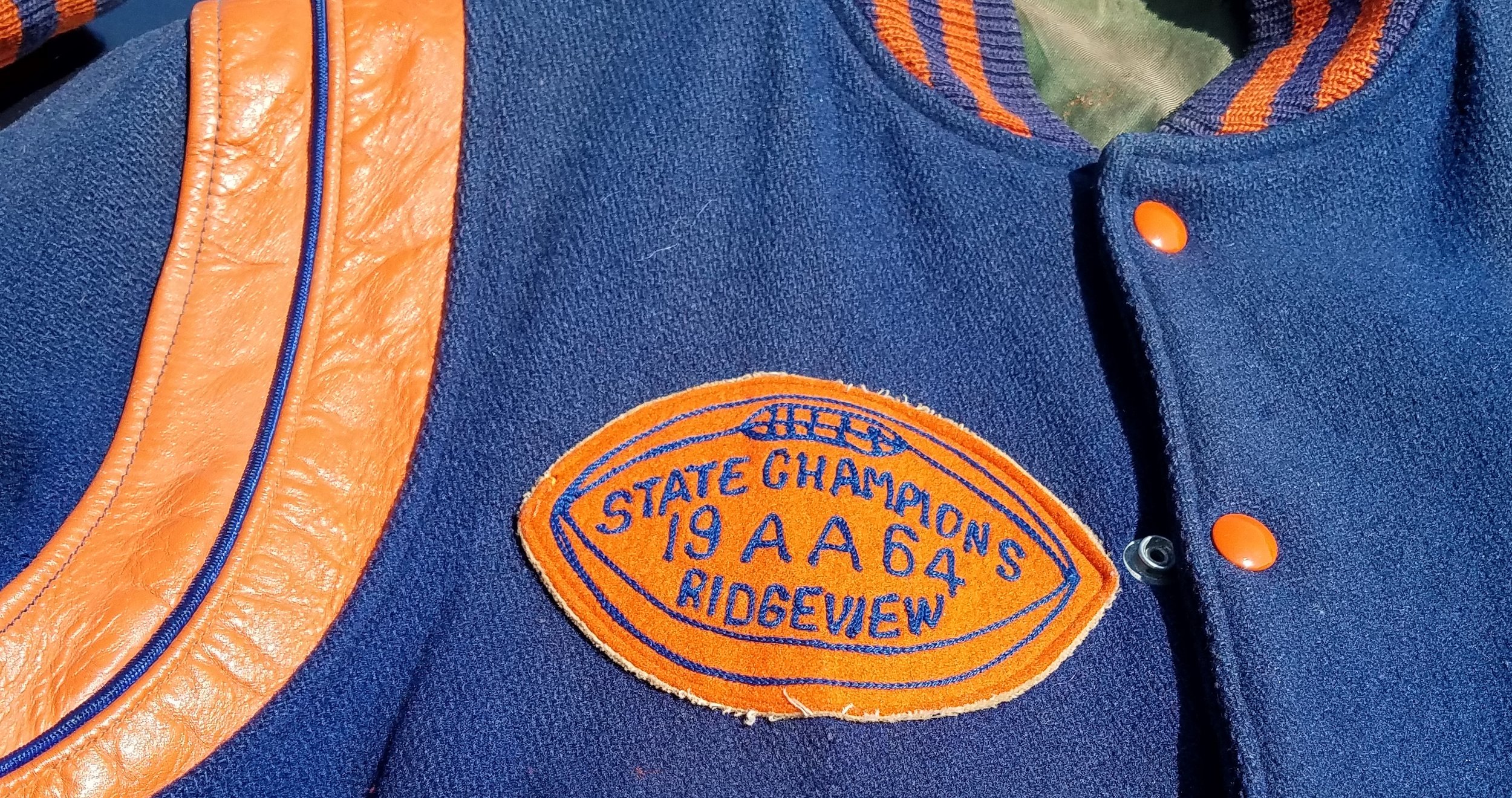United Arts Council of Catawba County
Hickory, NC
Thumbnail and photo courtesy of Richard Greathouse
In the early 1960’s, Hickory, NC, like most southern towns, had an all-White high school and an all-Black high school. The White school, Hickory High, was located on the affluent north side of town while the Black high school, Ridgeview, was located across the tracks on the south side. Those railroad tracks were a barrier that would be breached by integration just two short years later, but in the Fall of 1964, Ridgeview Panthers football was the talk in every quadrant of this segregated city. The Panthers gained notoriety for their 74 consecutive game winning streak from 1957 to 1965, but the 1964 season was especially notable. Their regular season record that year was a remarkable 12-0. Even more amazing was the fact that no opponent scored a single point against the Ridgeview Panthers that entire season. The final tally at the end of the 12-game season was 446-0. Midway through the season, a local African American writer and play by play announcer named Ellis Johnson dubbed the team “The Untouchables” and they are known by that to this day. The Ridgeview Panthers continue to hold the North Carolina High School Athletic Association (NCHSAC) record for Consecutive Regular Season Wins and Consecutive Shutouts. The United Arts Council of Catawba County worked in collaboration with partners including the Hickory City Council, Hickory Public Library System, the Historical Association of Catawba County, Catawba Valley Community College, the Ridgeview High School Alumni Association, and a group of Ridgeview residents to honor this important history. The community celebrates this incredible achievement through a sculptural archway and mural placed strategically at the entrance to the team’s former field and worked with local Ridgeview artist Adele James McCarty and Hickory architect Ernie Sills of CBSA Architects. A structure was created, consisting of two 12-foot columns flanking the entryway into the park, with two concrete "wings", approximately 7'6"x4'8" each, that hold the murals, ending in two eight-foot columns. Bricks on the tall columns are etched with the names of all of the players and a narrative mural is painted on each side.
The following segment premiered as a part of the PBS North Carolina Visibly Speaking series, which documents all ten Inclusive Public Art grantee projects from Cohort I.

